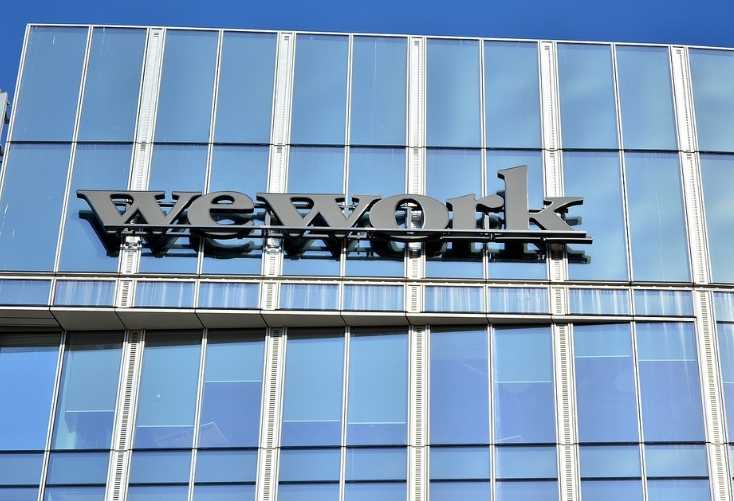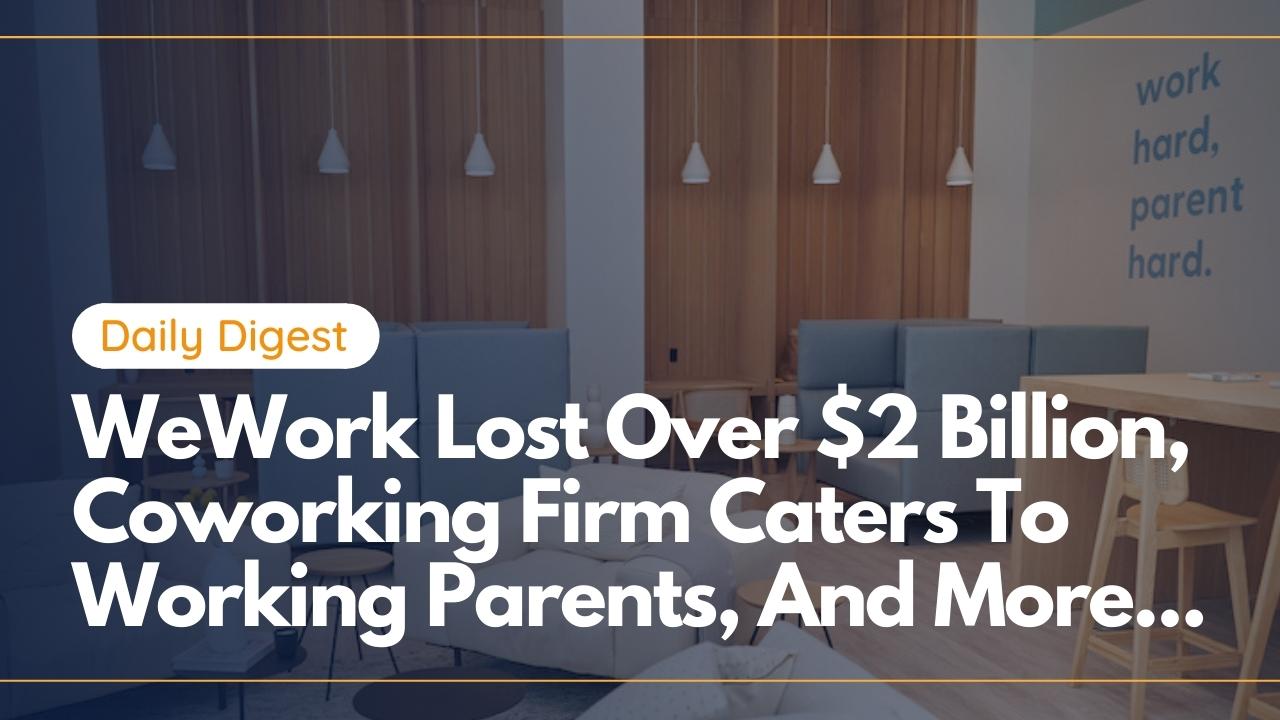Hand selected flexible workspace news from the most reliable sources to keep you ahead of the pack. We find all the latest news, so you don’t have to. Morning and afternoon updates. Stay in the know.
Here’s what you need to know today:
- WeWork Lost Over $2 Billion During First Quarter
- Los Angeles Coworking Firm Caters To Working Parents
- Attaining Post-pandemic Employee Engagement
WeWork Lost Over $2 Billion During First Quarter
WeWork reportedly lost $2.06 billion during the first quarter due to the impact of the pandemic and a settlement with former CEO Adam Neumann.
According to a person familiar with the company’s financials, the loss came from one-time costs that included office closures and restructuring. Additionally, the Neumann settlement led to a non-cash writedown of around $500 million.
The losses during this quarter were four times larger than this time one year ago.
After Neumann was ousted as CEO and Sandeep Mathrani took over, WeWork focused on its core business of office space rentals and shedding its excessive acquisitions and mergers.
Despite this news, WeWork Executive Chairman Marcelo Claure recently said the company is seeing demand exceed pre-pandemic levels. According to the anonymous person who revealed the financial details, customers have committed $1.9 billion in sales so far.

Los Angeles Coworking Firm Caters To Working Parents
BümoWork is a coworking space that aims to accommodate working parents who are struggling to balance parental and work-related responsibilities.
Located in Los Angeles, BümoWork offers both coworking capabilities and a childcare center that caters to children ages 6 months to 7-years-old.
“The whole idea is a space that is elevated, that is adult, that is sophisticated to work in that’s conjoined with a space that is child-focused, that’s creative, that’s clean, and that’s inspirational for children, too,” said Joan Nguyen, cofounder of the space and education entrepreneur.
Both Nguyen and cofounder Chriselle Lim are aiming to accommodate the new challenges that come with the work-from-anywhere era that has emerged over the past year.
BümoWork operates on a monthly subscription model, allowing members access to hot desks, with childcare options coming at an additional cost. The 4,000 square foot space can accommodate up to 40 adults and 26 children and features three specific areas: coworking, childcare and a central reception area.
“Before we were so used to this archaic idea of you had to work 9 to 5 and be this absentee parent if you didn’t have a super flexible job,” said Nguyen. “Now we’ve been exposed to this idea that, hey, I can actually go pick up my kids from school, do a little activity with them, play with them, and then plug back into work.”

Attaining Post-pandemic Employee Engagement
The post-pandemic workplace is becoming reality. Now, companies are navigating which aspects of the world’s largest work-from-home experiment will be taken along and which will be left behind.
Some organizations have totally transformed their operations by adopting fully remote arrangements, while other industries (like banking) are eager to bring employees back into the office.
Because there is no one-size-fits-all approach, it’s essential for organizations to understand what their employees actually need from the workplace. Reexamining what does and doesn’t work is necessary for engagement and retainment.
It’s important to note that there are varying ways to achieve true engagement, so what can business leaders do to ensure that they take the correct step for their company and employees?
For starters, despite working remotely, using virtual tools has been a savior during this time of isolation. Platforms like Zoom became absolutely essential for companies to continue operating, and we can anticipate that it will continue to play a significant role moving forward.
Prior to the pandemic, being physically present was viewed as the essence of business success. However, the past year has taught the world that this is not the case.
Thanks to advancements in technologies like augmented and virtual reality, “being present” has taken on a new definition. Now, employees can attend and be fully engaged in training and brainstorming sessions without having to physically be in the same room as colleagues.



 Dr. Gleb Tsipursky – The Office Whisperer
Dr. Gleb Tsipursky – The Office Whisperer Nirit Cohen – WorkFutures
Nirit Cohen – WorkFutures Angela Howard – Culture Expert
Angela Howard – Culture Expert Drew Jones – Design & Innovation
Drew Jones – Design & Innovation Jonathan Price – CRE & Flex Expert
Jonathan Price – CRE & Flex Expert













